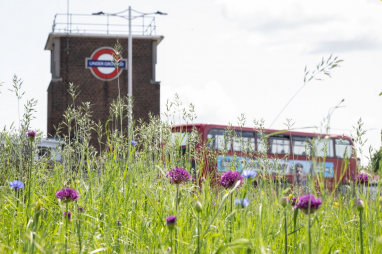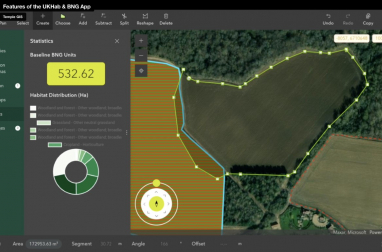- Air Jordan 4 Retro Off - CV9388 - White Sail - 100 - Jordan Brand quietly slipped in a new rendition of the low-top
- air jordan outlet legit reddit
- Nike air jordan max 13 hologram Bred Black Red 2019 Release Date , air jordan max 1 rebel chicago white varsity red black , IetpShops
- all black jordan 13
- Nike Killshot KD 10 Opening Night , Женские кроссовки nike Killshot air force 1 — цена 1200 грн в каталоге Кроссовки ✓ Купить женские вещи по доступной цене на Шафе , Украина #129154822
- eastbay restock large amount air jordans
- 554725 113 air jordan 1 mid white black 2020 for sale
- best nike basketball shoes
- air jordan 4 white tech grey black fire red ct8527 100 release date
- Air Jordan 1 Mid Bred 554724 074 2020 Release Date 4
- Home
- News and analysis
- Info hubs
- Events
- Video
- Case Studies
- About us
- Magazine
- Advertising
Produced for the industry by the Association for Consultancy and Engineering
News
TfL publishes green infrastructure plan

Transport for London (TfL) has published a new Green Infrastructure and Biodiversity Plan.
The plan is part of its continuing work to support Mayor of London Sadiq Khan’s ambitions of a carbon-neutral capital by 2030.
TfL says the plan “fully aligns” with its 2021 Corporate Environment Plan and sets out how it will improve and care for green infrastructure and biodiversity across its estate and networks.
It captures in one place, for the first time, its existing relevant targets, legal requirements and policy commitments, while also setting out the strategic actions TfL will take to deliver them.
The plan was developed following a wide range of engagement within and outside TfL, including London’s boroughs.
This new plan will ensure TfL meets a range of commitments to further enhance and support green infrastructure and biodiversity across London, including:
- Achieving a 10% biodiversity net gain on applicable schemes (i.e. planning system projects and Nationally Significant Infrastructure Projects) from February 2024.
- Delivering a net gain in biodiversity across TfL’s estate by 2030, compared to the 2018 biodiversity baseline map.
- Boosting tree canopy cover across TfL by 10% by 2050, compared with the 2016 baseline.
- Doubling wildflower verges to 260,000sq m in 2024, and developing a longer-term plan to continue their introduction across London.
- Ensuring 5,000sq m of Sustainable Drainage Systems (SuDS), such as rain gardens, are installed on TfL’s road network each year.
- Further reduce the use of pesticides across TfL and eliminate where operationally and financially feasible.
As one of London’s largest landowners, with more than 2,300 hectares across the capital, almost a third of TfL’s land is covered by vegetation.
This includes land which intersects two Special Areas of Conservation, six Sites of Special Scientific Interest, eight Local Nature Reserves and 139 Sites of Importance for Nature Conservation.
Lilli Matson, chief safety, health and environment officer at TfL, said: “As one of London’s largest landowners, TfL has an extensive network of green corridors, from tree-lined streets to trackside woodland. Together, these play a crucial role in connecting London’s green spaces for wildlife.
“Our new Green Infrastructure and Biodiversity plan forms part of our continuing work in creating a greener, more biodiverse city that is resilient and well adapted to climate change.
“By lowering the environmental impact of our business and offering a range of sustainable ways to travel across London, we can use our real estate and infrastructure to create a city that allows people and wildlife to flourish.”
The publication of TfL’s Green Infrastructure and Biodiversity Plan is just part of TfL’s wider work to drive sustainability across London.
It is investing in further decarbonising its operations, including transitioning its support vehicles and buses. It remains on track to have a fully zero-emission bus fleet by 2034, and with government funding, this could be accelerated to 2030, which would catapult the potential for new production models and help transform the bus industry in the UK.
TfL is working to remove fossil fuels across its building estate, as well as developing wider projects to improve energy efficiency and identify opportunities to generate renewable energy across its estate. Work to procure Power Purchase Agreements as part of its wider ambition to use 100% renewable source electricity across TfL’s operations by 2030 is ongoing.
Across London, TfL is also converting lighting within stations, bus shelters and on trains to LED lighting, which uses up to 60% less energy than traditional lighting while providing around 10% brighter light.
Currently, more than a third of Tube stations across London have been converted to LED lighting, and TfL expects to have all bus shelters, including those used in advertising panels, converted to LED lighting shortly.
Click here to find out more about the Green Infrastructure and Biodiversity Plan.





